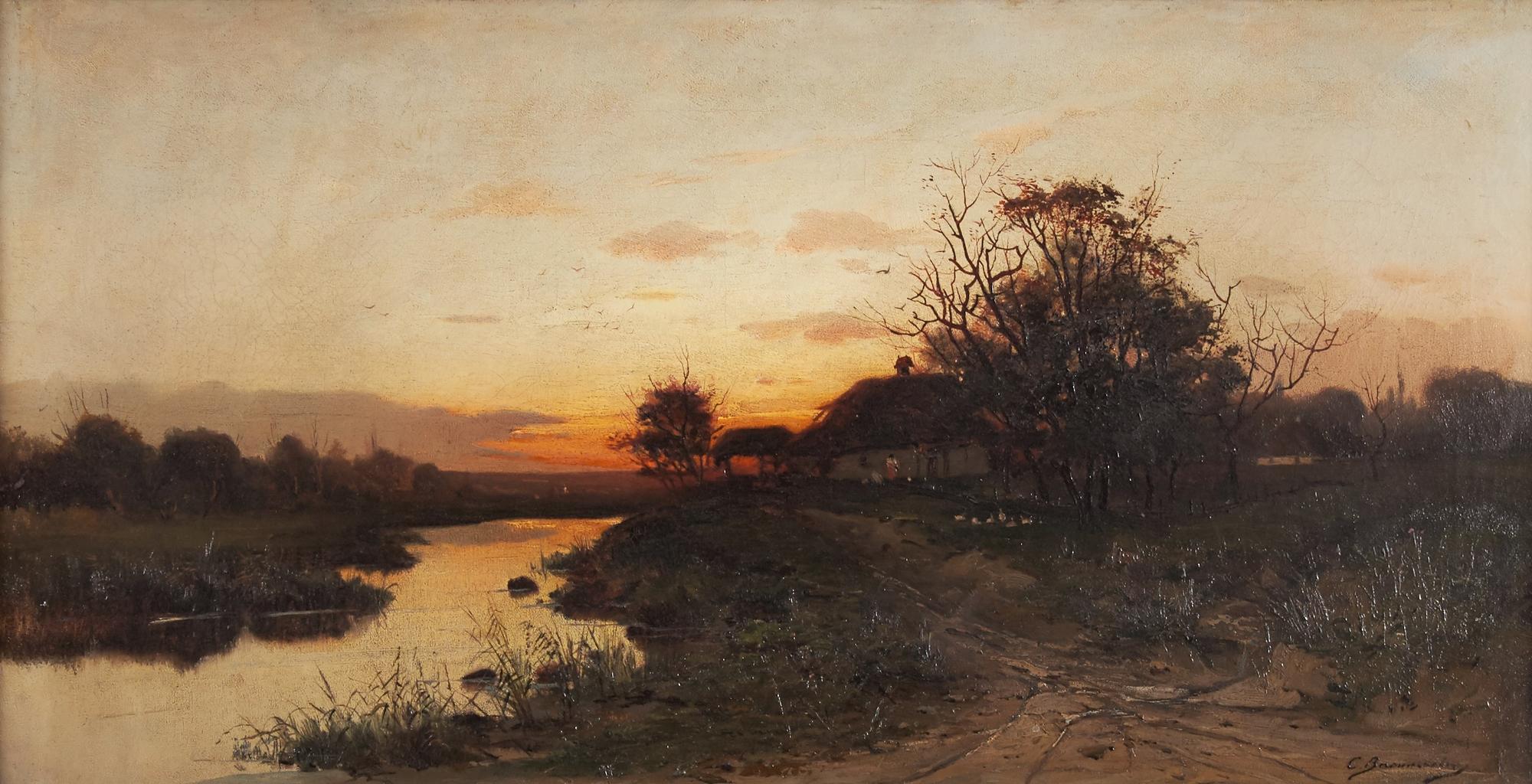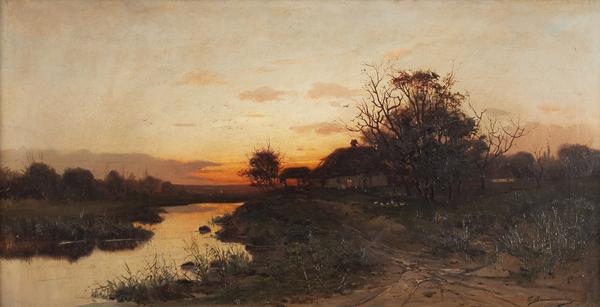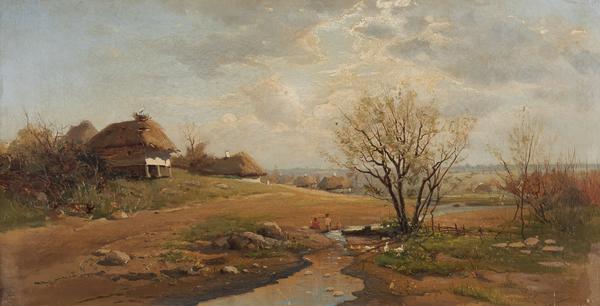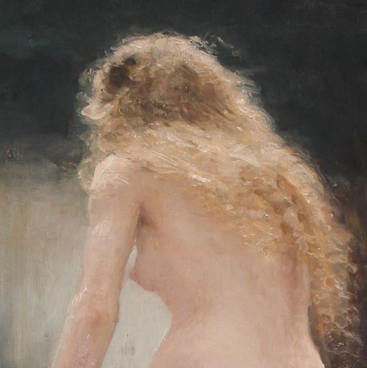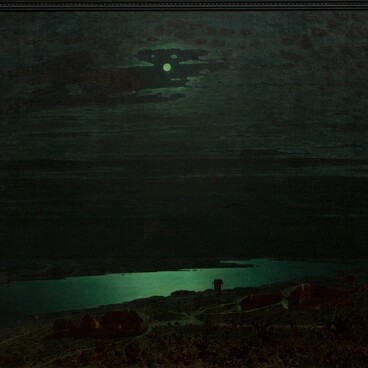Sergey Vasilkovsky is a Ukrainian landscape painter whose paintings became known in the late 19th century. Contemporaries noted an unusual charm of his paintings, and called him ‘the solar artist’ for his skillful work with light.
Sergey Ivanovich’s early years passed in Kharkov. The artist’s childhood impressions of the colorful landscapes of Malorossiya were later reflected in his work. The boy’s gift was noticed by the drawing teacher in gymnasium, when Vasilkovsky was only seven years of age. After graduating from the school Sergey tried to get the specialty of veterinary physician, but soon he realized that it was not his true calling.
In 1876 Vasilkovsky came to St. Petersburg with a keen desire to enter the Imperial Academy of Arts. At the first attempt the idea did not work out, and for some time the young man had to visit the institution as an unenrolled student. But the teachers soon noticed the undoubted talent of the student, and Vasilkovsky was enrolled as a regular student.
After graduating from the Academy with several medals, which he had been awarded for his works Spring, Dawn, Steppe in spring in Malorossiya, the artist was granted funds for a trip abroad to improve his skills. In Paris he met N.S. Samokish, with whom he continued his studies with the best masters of Europe.
Over four years of continuous travel the artist had visited not only Germany, France and England, but also South Africa. Vasilkovsky’s works were recognized at the exhibition at the Paris Salon. After returning to homeland in 1888, the painter settled in his native Kharkov, where he set up a workshop.
During that period he worked a lot on landscapes, the favorite theme of the master’s works was the Malorossiyan steppe. He traveled extensively across Ukraine, went to Crimea and the Caucasus. Vasilkovsky’s paintings were not distinguished by intricate plots - in his paintings one can see Ukrainian forests and meadows, village landscapes with rural huts and streets, folk festivities and holidays.
Nevertheless, his paintings were a success among contemporaries. The artist’s works were consistently highly praised by critics, and about 120 paintings of the master were presented at one of his solo exhibitions.
Sergey Ivanovich’s early years passed in Kharkov. The artist’s childhood impressions of the colorful landscapes of Malorossiya were later reflected in his work. The boy’s gift was noticed by the drawing teacher in gymnasium, when Vasilkovsky was only seven years of age. After graduating from the school Sergey tried to get the specialty of veterinary physician, but soon he realized that it was not his true calling.
In 1876 Vasilkovsky came to St. Petersburg with a keen desire to enter the Imperial Academy of Arts. At the first attempt the idea did not work out, and for some time the young man had to visit the institution as an unenrolled student. But the teachers soon noticed the undoubted talent of the student, and Vasilkovsky was enrolled as a regular student.
After graduating from the Academy with several medals, which he had been awarded for his works Spring, Dawn, Steppe in spring in Malorossiya, the artist was granted funds for a trip abroad to improve his skills. In Paris he met N.S. Samokish, with whom he continued his studies with the best masters of Europe.
Over four years of continuous travel the artist had visited not only Germany, France and England, but also South Africa. Vasilkovsky’s works were recognized at the exhibition at the Paris Salon. After returning to homeland in 1888, the painter settled in his native Kharkov, where he set up a workshop.
During that period he worked a lot on landscapes, the favorite theme of the master’s works was the Malorossiyan steppe. He traveled extensively across Ukraine, went to Crimea and the Caucasus. Vasilkovsky’s paintings were not distinguished by intricate plots - in his paintings one can see Ukrainian forests and meadows, village landscapes with rural huts and streets, folk festivities and holidays.
Nevertheless, his paintings were a success among contemporaries. The artist’s works were consistently highly praised by critics, and about 120 paintings of the master were presented at one of his solo exhibitions.
